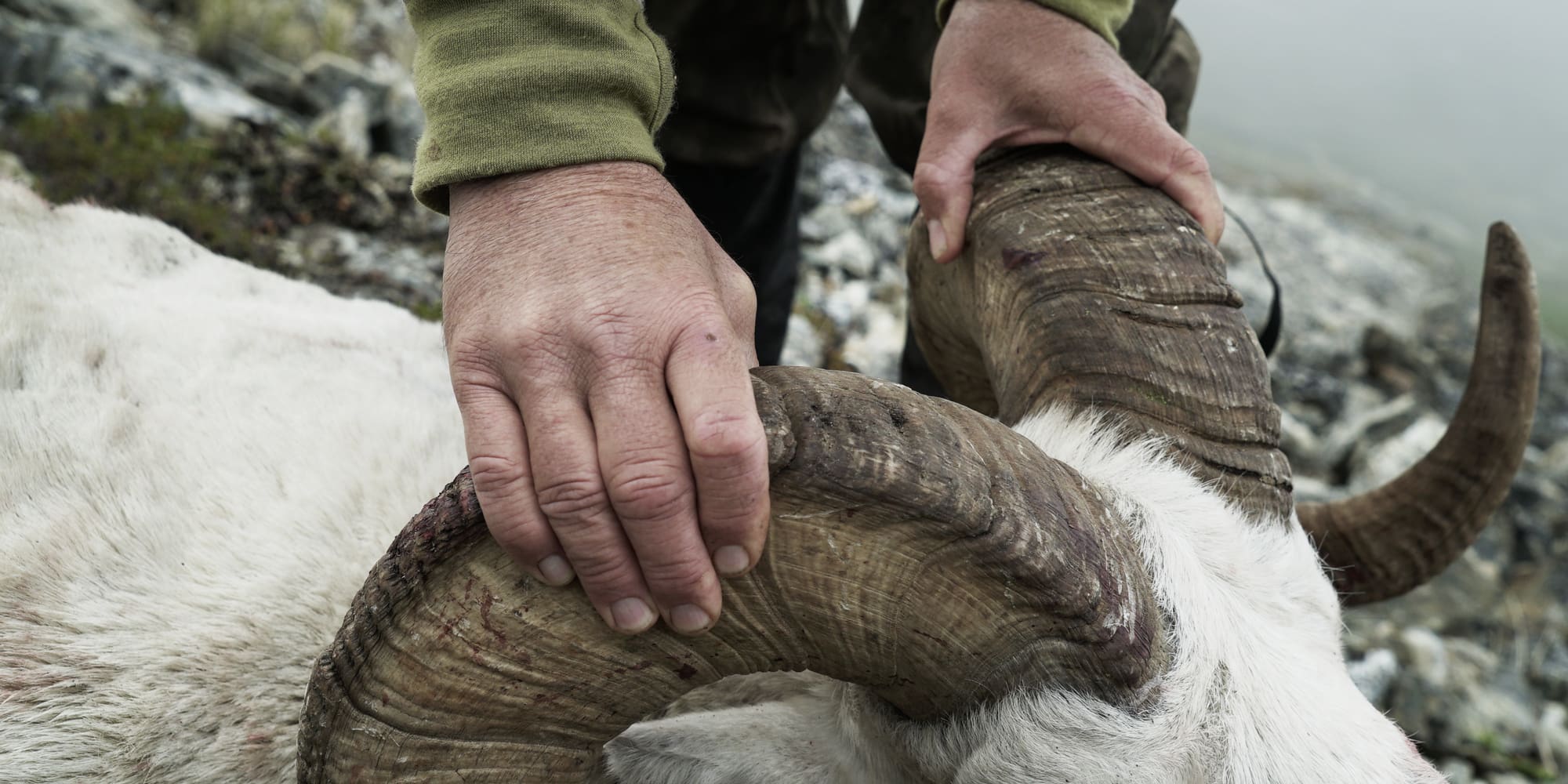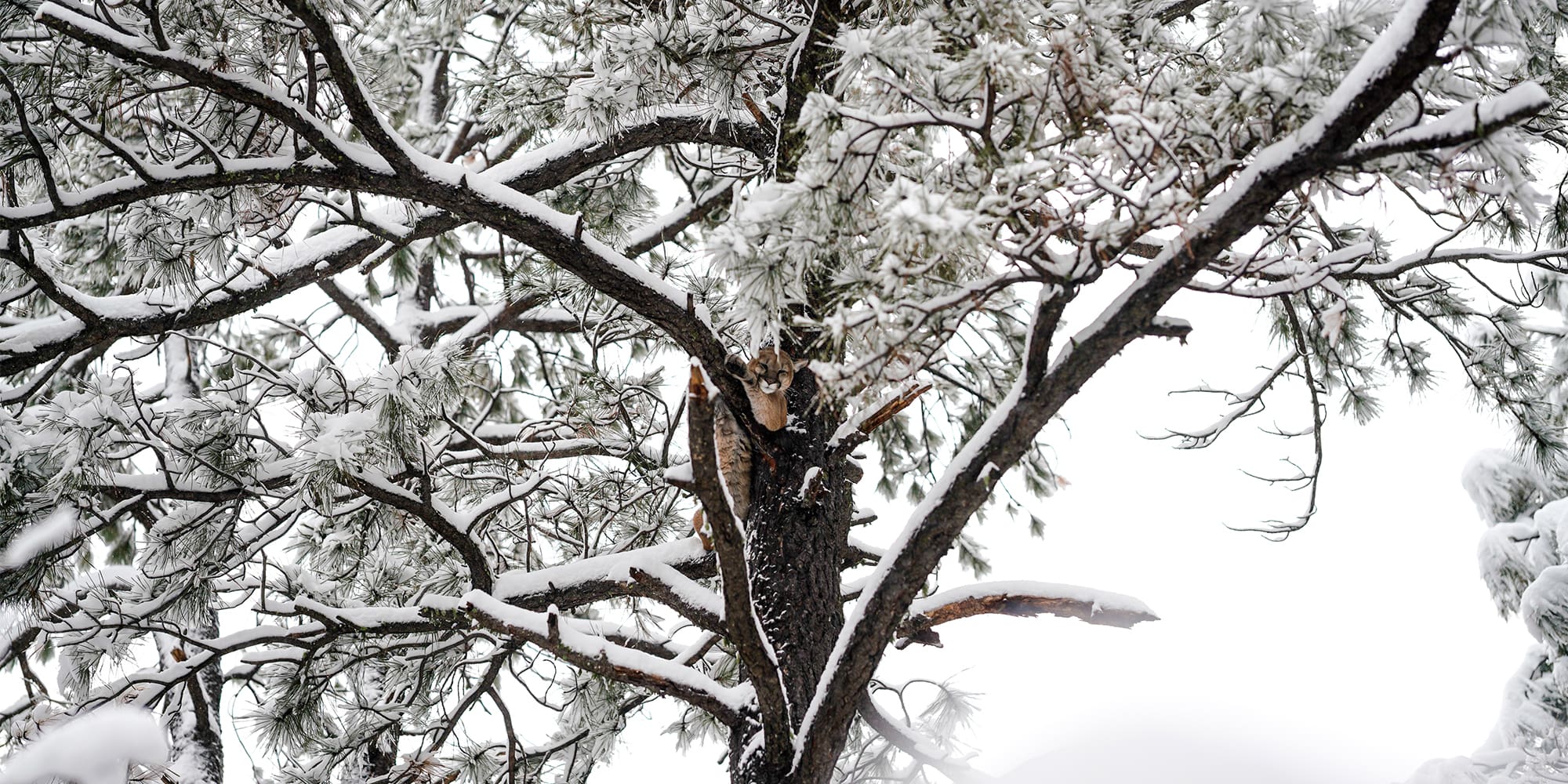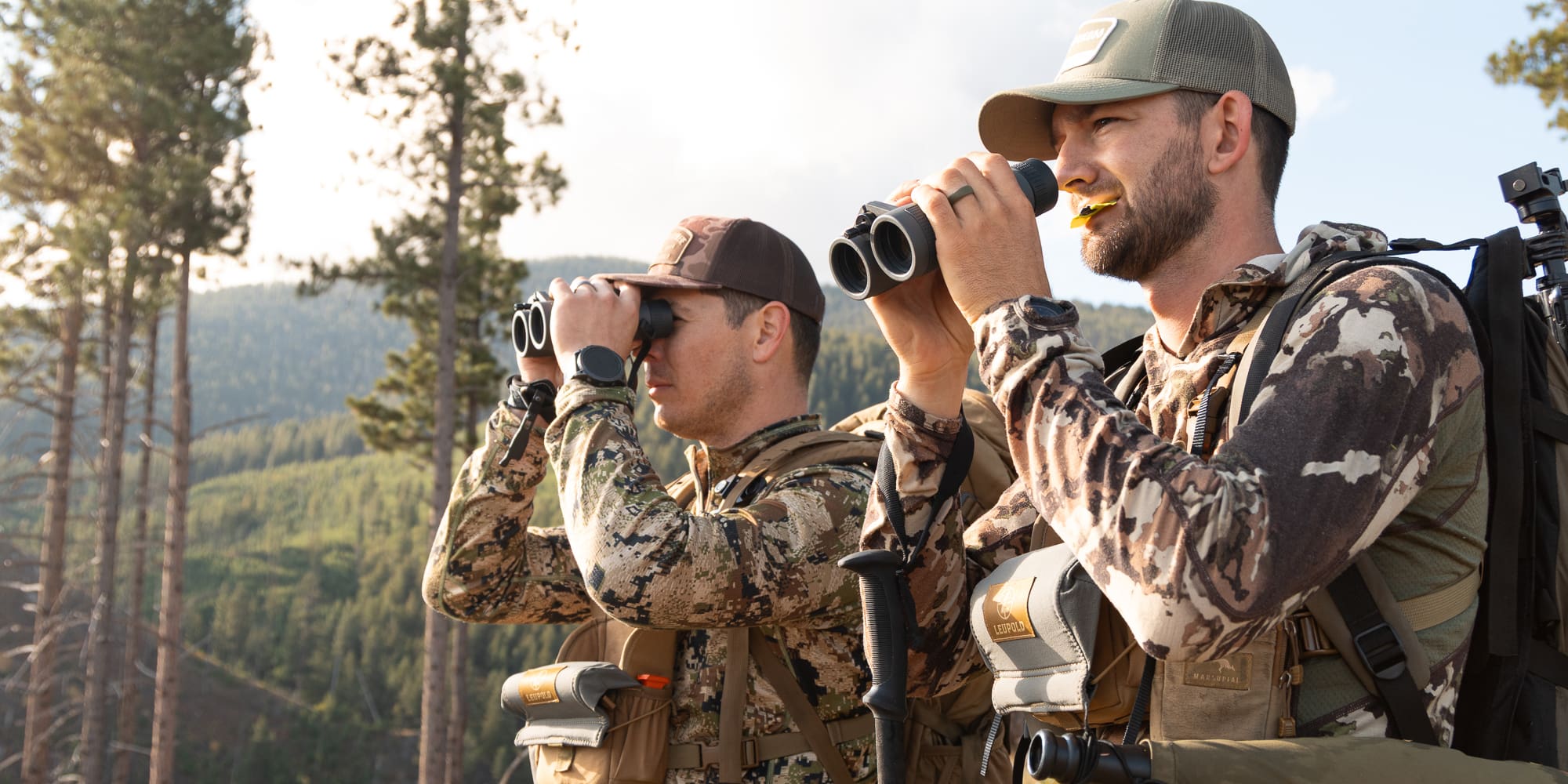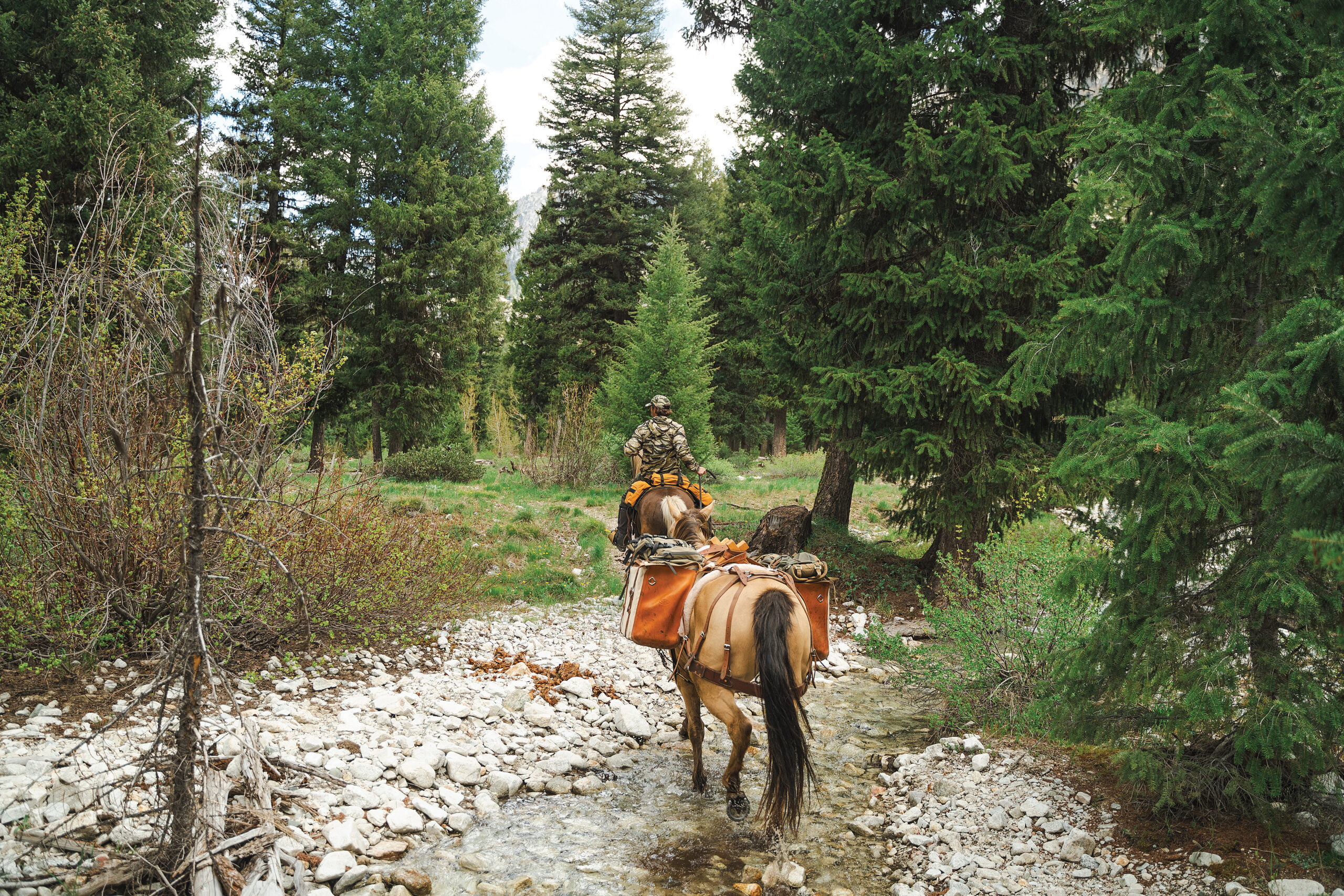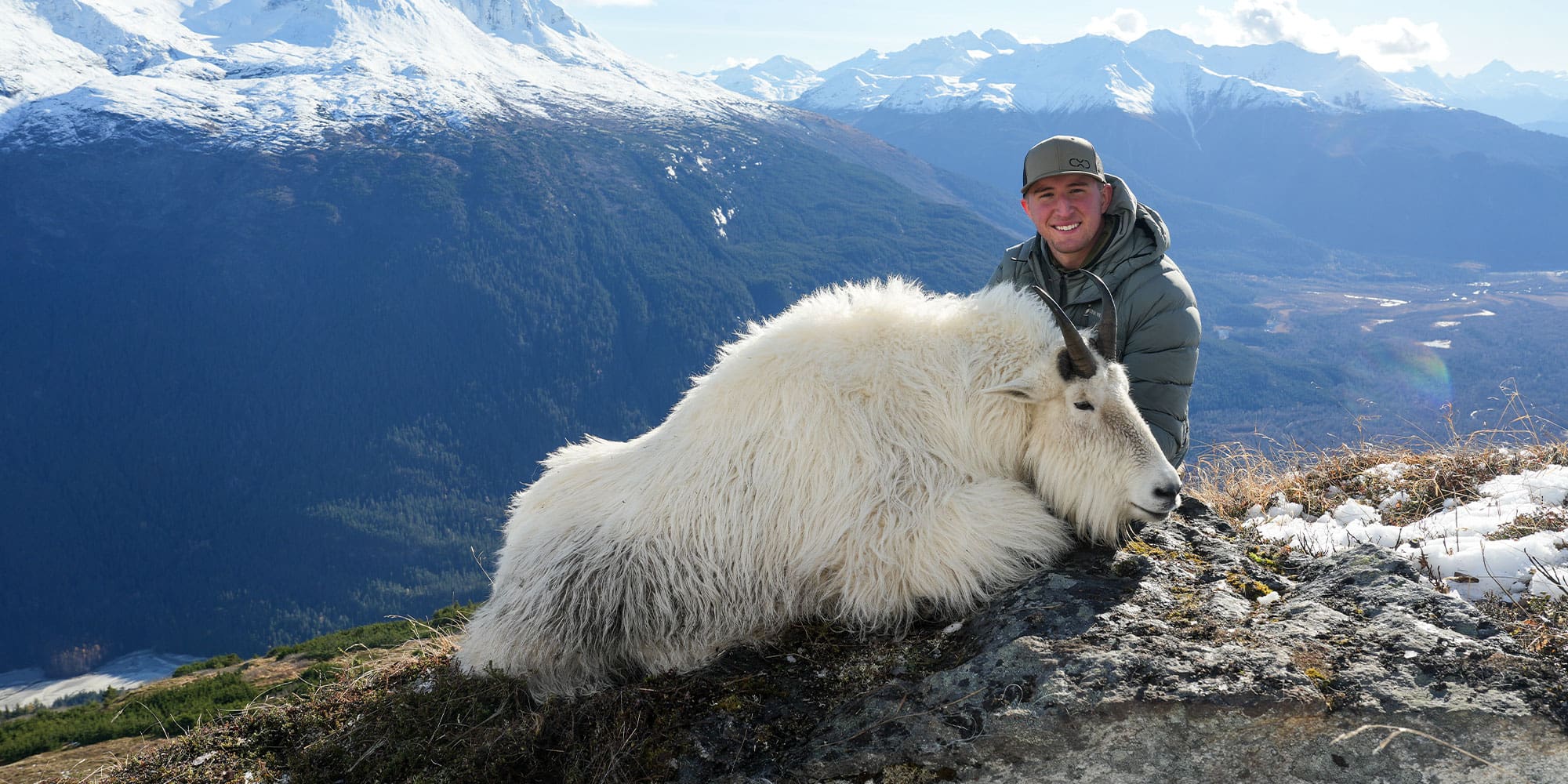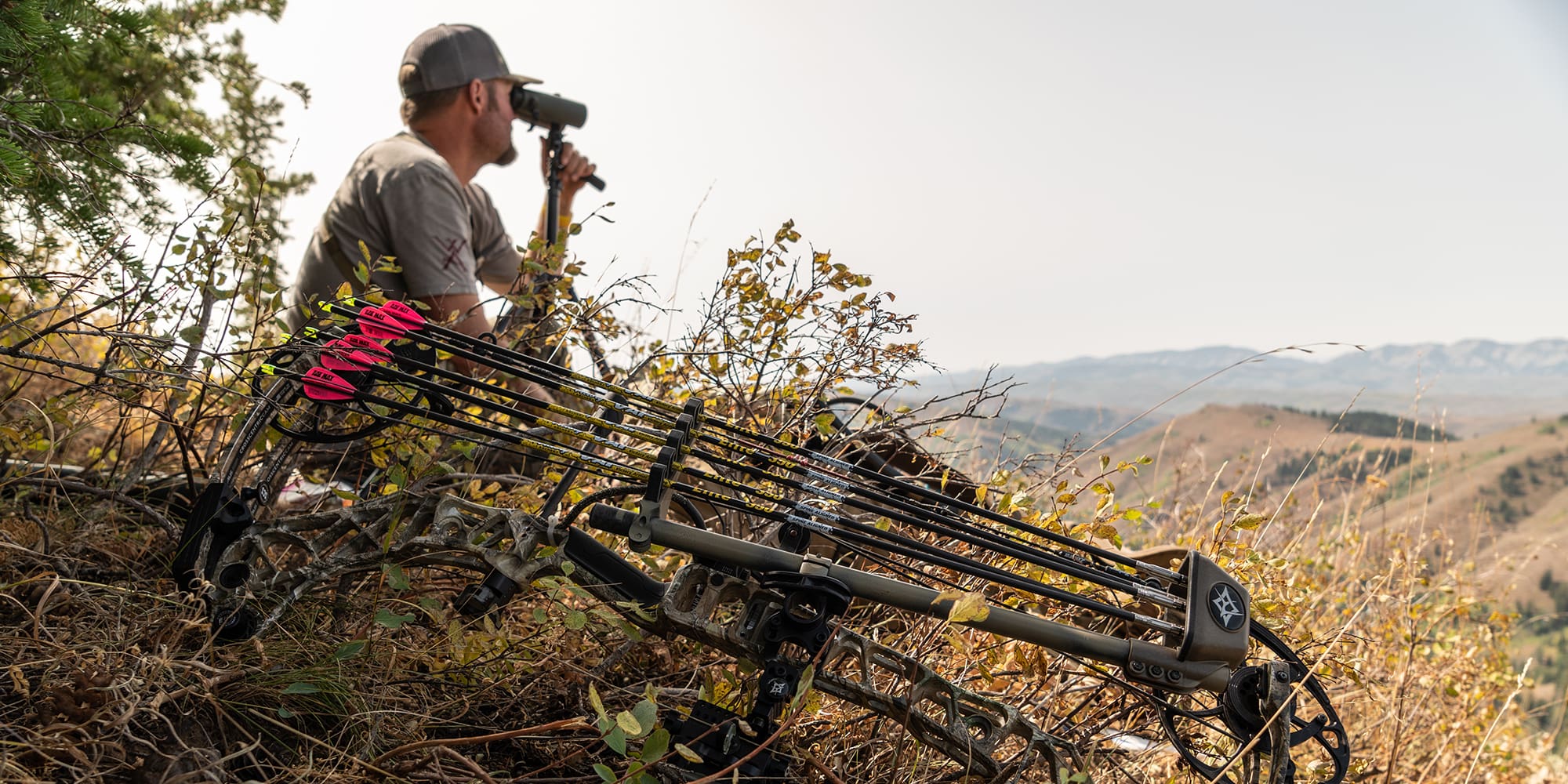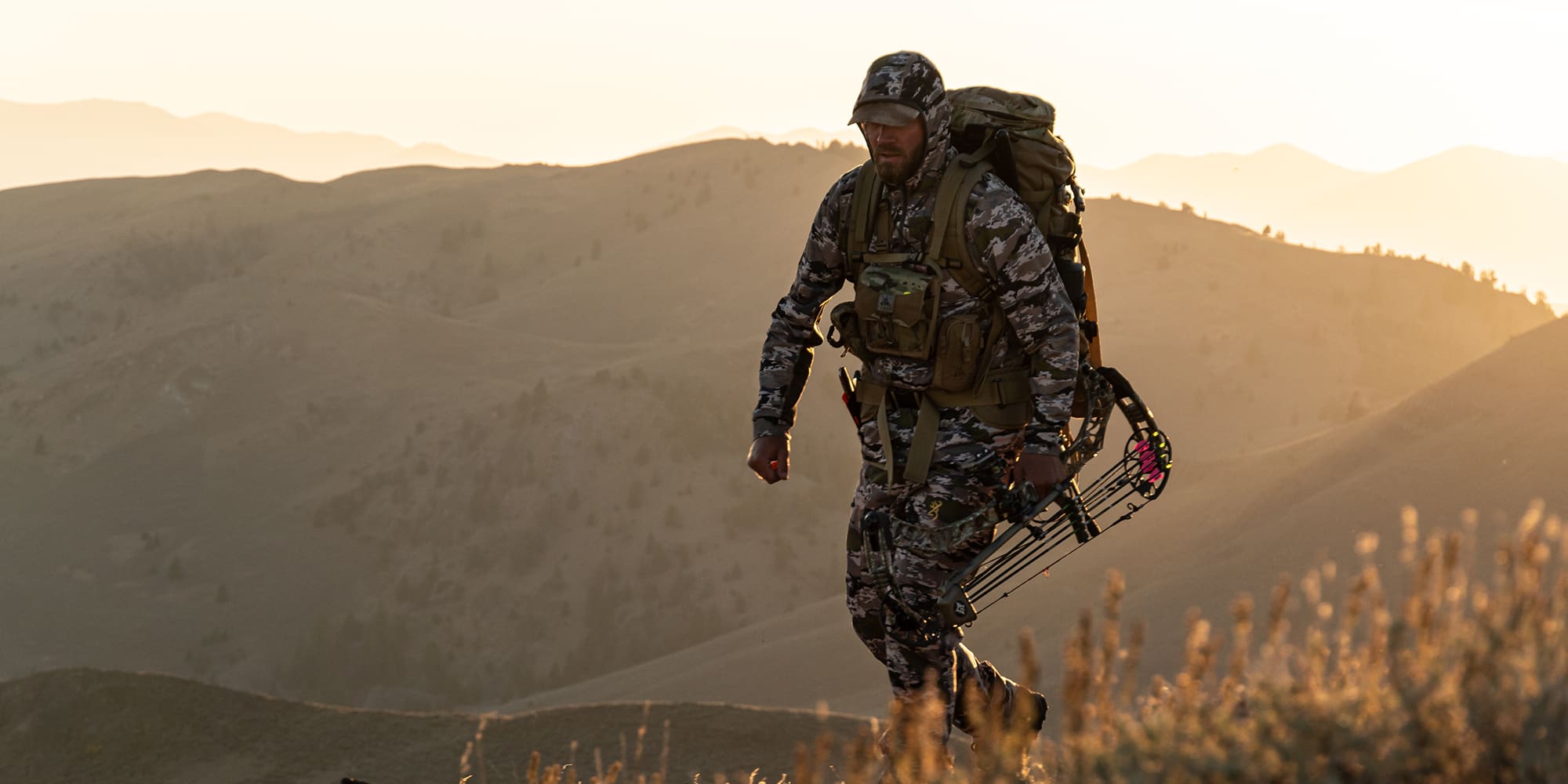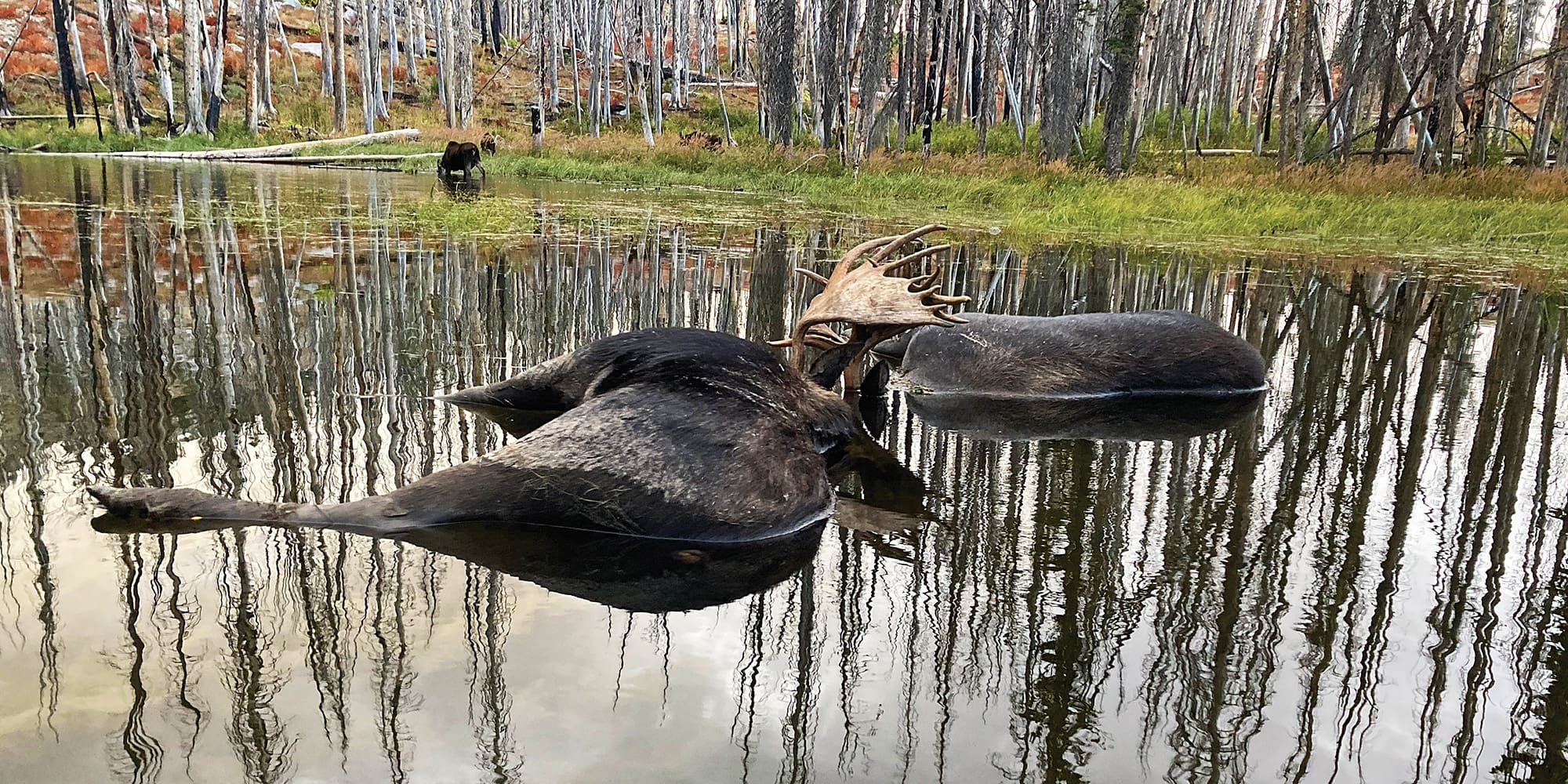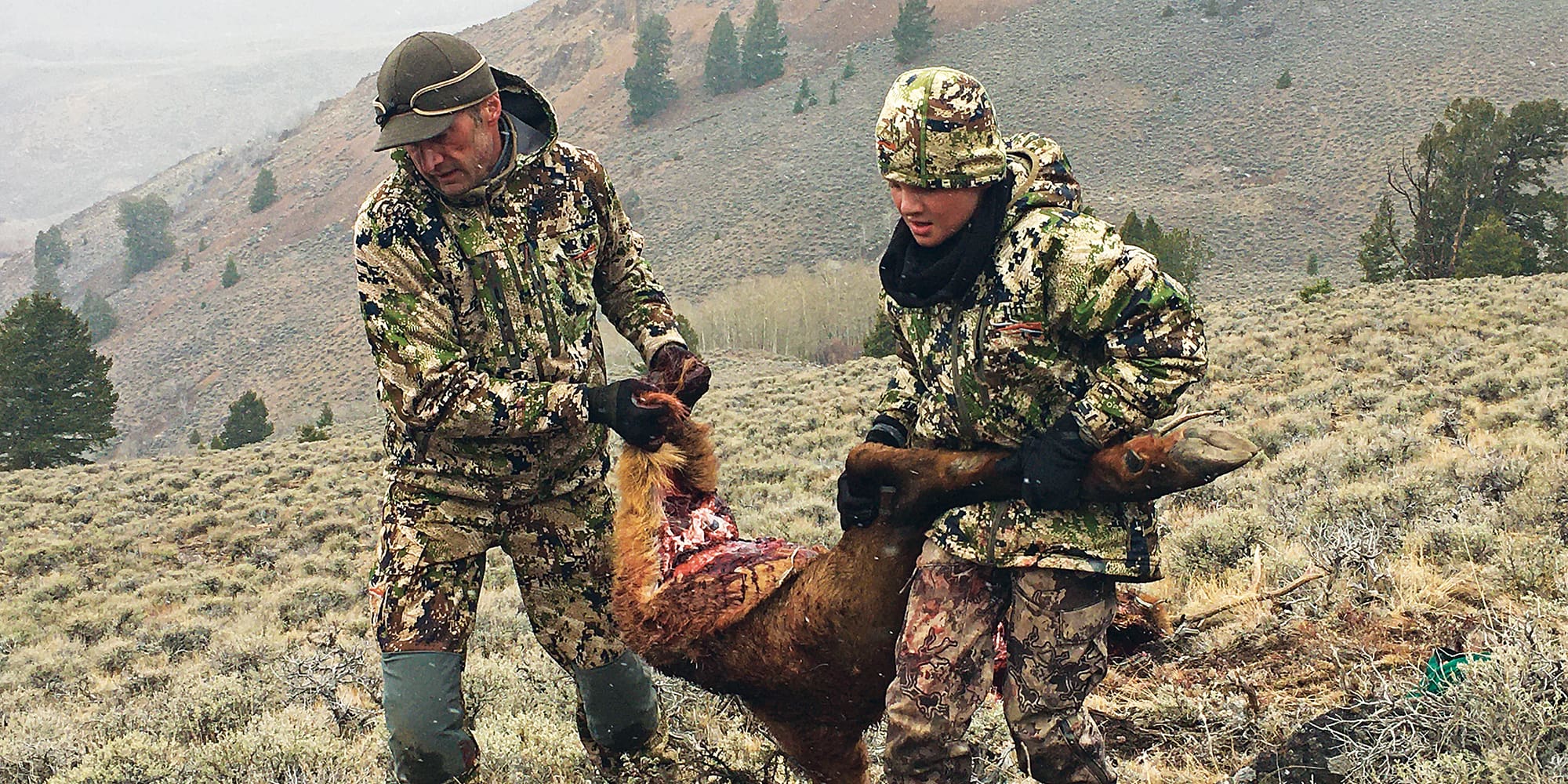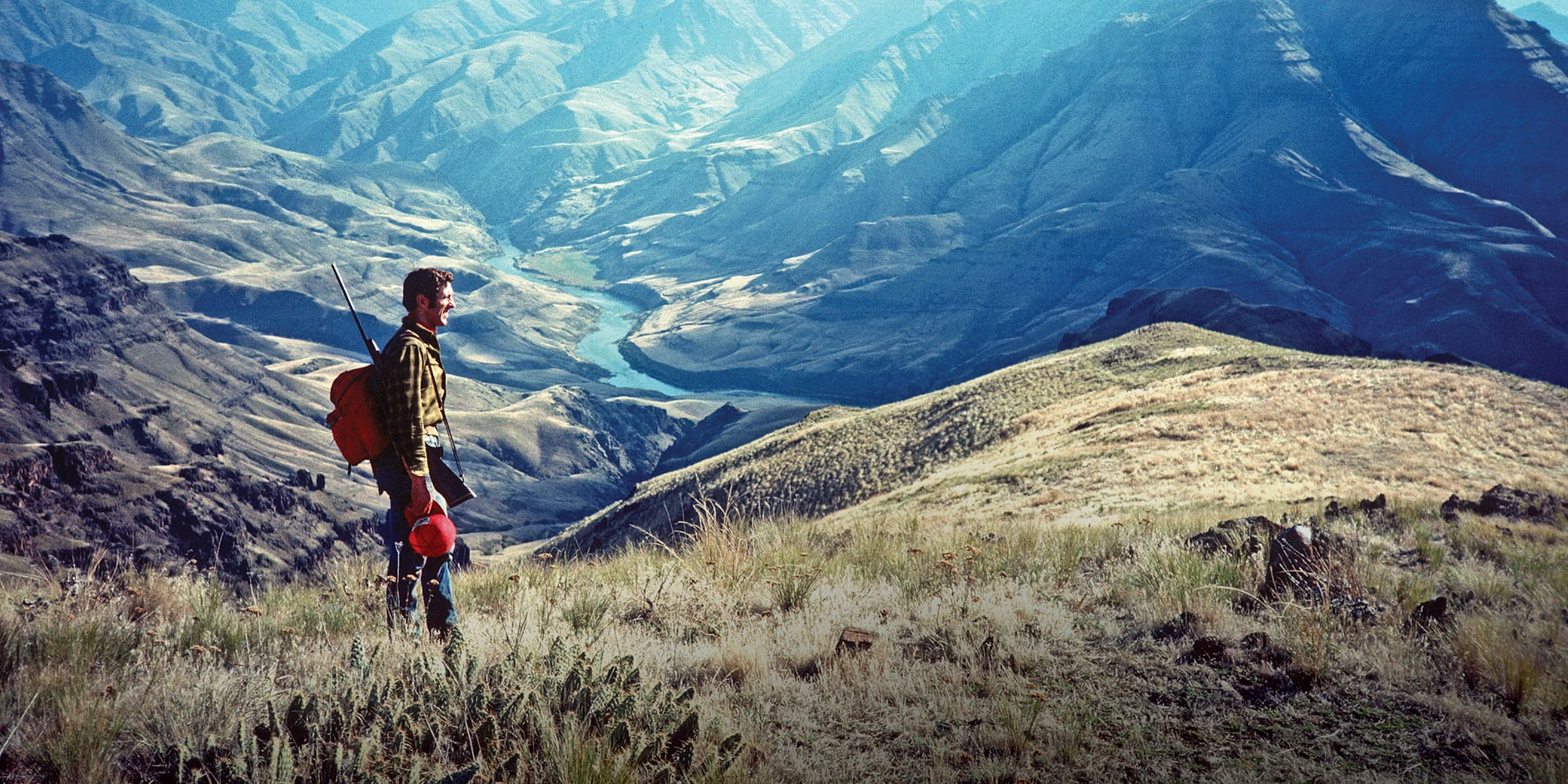
NOTICE: Certain links on this post may earn a commission for Western Hunter Magazine from Amazon or our other affiliate partners when you make a purchase. Thank you for your support.
Of Caves and Rams
An epic journey in search of a holy grail
As I lay back down on my emptied Mystery Ranch 7500 pack, I thought back to the events of the previous ten days that had led to us spending the night in a cave on top of a Yukon mountain. Outside, the incessant wind-driven rain tried to make its way through the slab rock piled up at the cave’s entrance. Despite Nature’s best attempt to blow us off of the mountain, the only thing breaking the silence under 20 feet of granite was the rhythmic drip of rainwater.
Chance of a Lifetime
This adventure began when I learned I had drawn a resident thinhorn sheep tag in the north Richardson Mountains. It had only been reopened for permit hunting since 2003. With just two tags a year being issued and only four rams being taken since 2003 out of 700 sheep, it provided a great chance to hunt long-horned rams that are even longer in the tooth!
I immediately began gathering data. After pouring over maps and data, I felt comfortable in a location where I thought rams could be found.
Access was going to be the greatest logistical challenge, so I turned my focus to that. I learned that more than half of the previous hunters had abandoned the idea once they discovered the logistics and cost of trying to get in there. After all, this hunt takes place above the Arctic Circle.

Most of the previous hunters who had successfully gained access to the area had flown in via floatplane to Summit Lake, Yukon from Inuvik, NWT. Some had tried other options, many ending in near disaster, including one expensive airplane recovery when the river rose rapidly overnight, and a couple of other failed river boat attempts.
One hunter had been successful using a plane with tundra tires. That option interested me the most. I contacted Jim Fink, of Blackstone Outfitters and Nahoni Air Service, who had been the pilot when another hunter was dropped in the area in 2003. He agreed to help me.
Unplanned Hunting Partner
In early July, I attended the memorial for a fellow sheep hunter and friend, Tanner Sinclair, who had recently passed from a tragic event. Also in attendance was another Yukon sheep hunter, Andrew Craigen. He and Tanner had planned to hunt together the first week in August.
Without a second thought, I suggested to Andrew that he should come with me instead of now hunting alone. He said he was interested and we exchanged contact info. A couple of emails and calls later, the plan was hatched and we were scheduled to depart Whitehorse on August 3. The plan involved driving 500 miles northwest of Whitehorse on the gravel-surfaced Dempster Highway to a staging area I had chosen north of the Arctic Circle.
Seven Days of Nothing
We ventured off as planned, pulling a camping trailer with my 3500 Ram loaded down with two week’s worth of grub, 150 gallons of Avgas in drums, and 130 gallons of diesel fuel in the Tidy Tank. What could possibly go wrong?!
Many days later, I could answer that question: WEATHER…weather could go wrong! We ended up living in the trailer for what seemed like six years.
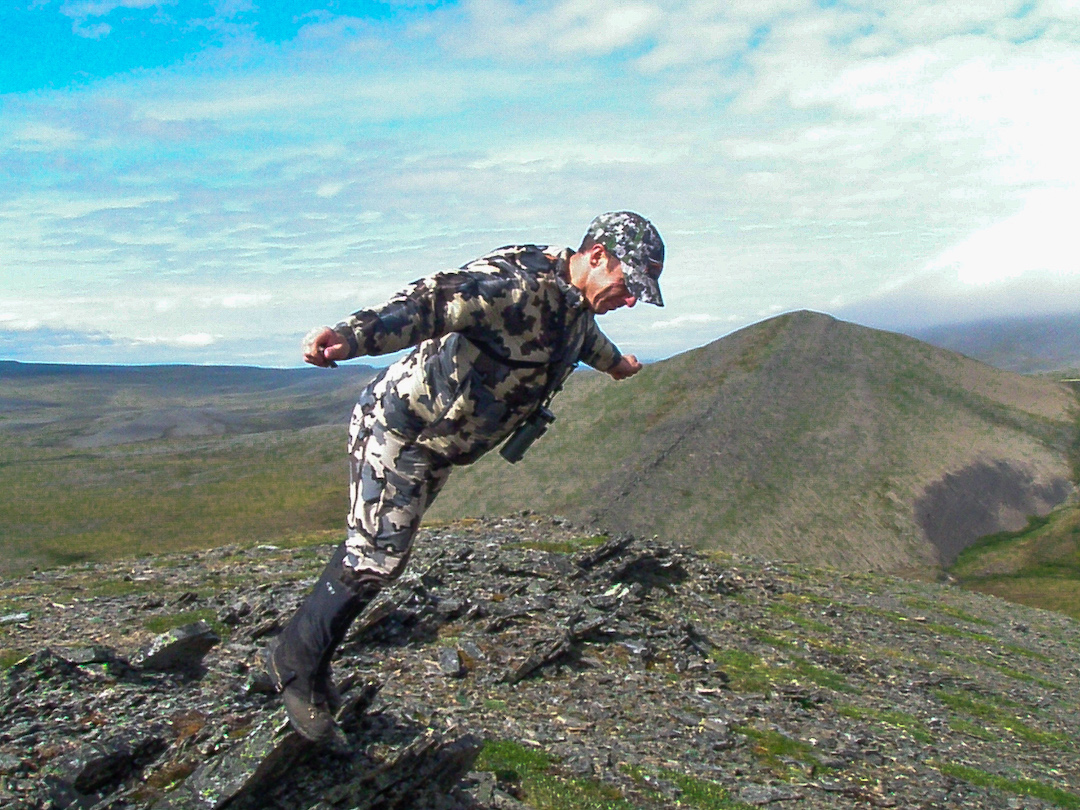
After day 7, we made the decision to pull the plug. We started the long trek south on August 10, spirits dampened only by the rain of the previous seven days and wondering what to do for a “Plan B” hunt. Arriving back in Whitehorse, we decided to go home for a good night’s rest and repack for a late-morning departure.
Changing Course
For “Plan B”, we decided on an area accessible by boat. A buddy of mine, Derek Kingston, had built my 16-foot jet boat two years earlier. We set off from the boat launch in early afternoon of August 11 and had camp set up by the time the rain began to fall.
The next morning we started our ascent. Being that he is 6’7” and a more than a decade younger, I quickly discovered that Andrew likes to choose routes generally favored by moose! During the ascent, with my tongue continually getting caught in the Velcro of my gaiters, I reminded myself that, in future years, I should consider adopting a “Sheep Shape plan” rather than simply relying on willpower.
Andrew bounced along rockslides and stepped over dwarf birch patches up ahead of me. Relying heavily on trekking poles, I felt a certain kinship to his wife when he explained that she gets mad at him for stops he does when hiking with her. You know, those stops where your buddy waits for you to catch up and then just before you do, they turn and set off on the next surge? Yeah, those. They’re apparently called “#&*% YOU stops” in the Craigen home. I adopted the term nicely!
We reached the summit and immediately found mountain goats looking at us. We carried on farther and set up camp in a small grass opening amongst some dwarf birch near tree line. Camp was in a perfect location, in a bit of a hollow and shielded from the wind by a rock hill. It also was adjacent to dry/dead, stunted trees and had water nearby. After we set up, we trekked a couple miles farther to glass a hidden portion of the mountain.
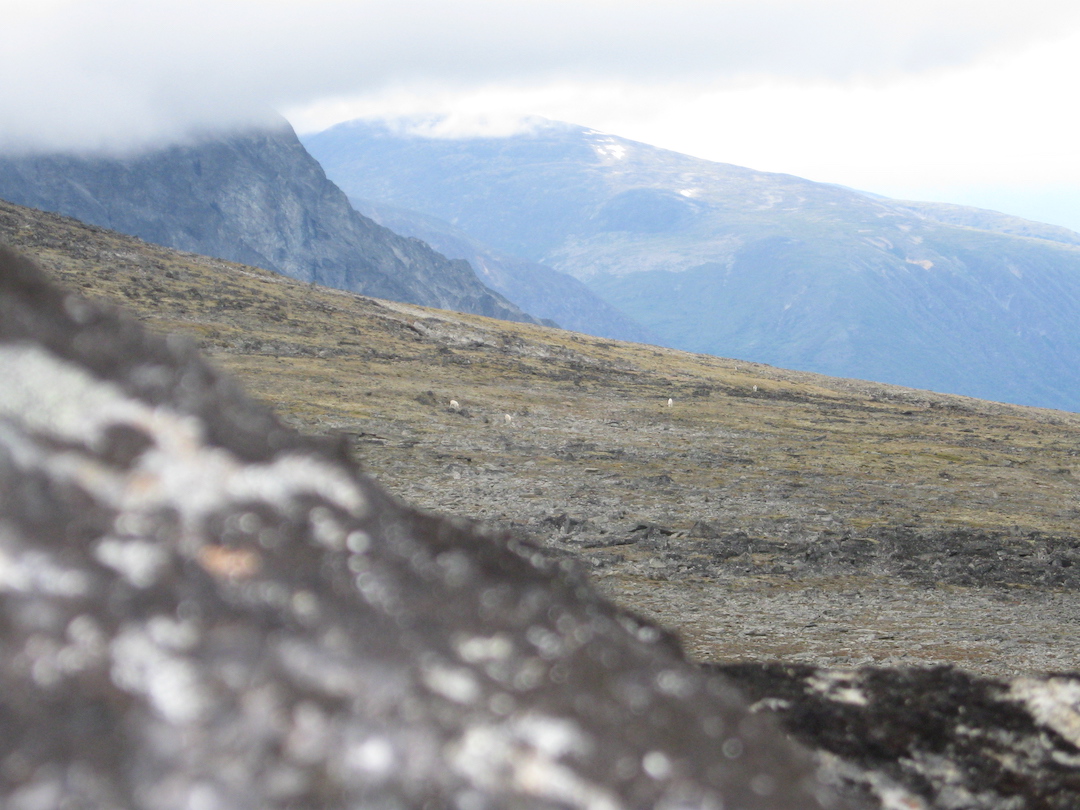
While enjoying a Mountain House dinner, Andrew briefly located a small group of white specks five miles away. We debated whether they were part of a lamb and ewe group, or possibly some more goats, but remaining optimistic that they were rams, we returned to camp for a good night’s sleep.
Just a “Day” Trip
The morning of August 13 found us gearing up while scarfing down some oatmeal and dried fruit. We packed for a “day” hunt. I did question Andrew when I saw him packing his sleeping bag. At less than 2 lbs., he told me that he likes to bring it “just in case”. I replied jokingly that on day hikes I liked to leave my 3.5-lb sleeping bag “just in case” I had to carry an extra 3.5 lbs. of meat back to camp. I would come to regret that logic later on…
We set off toward the white specks, and setting up on a higher vantage point, we didn’t wait long. Single file, a group of 25 lambs and ewes walked into view on a plateau. They fed along while moving to an area of wet ground in the middle of an open plateau, far from escape terrain. Waiting for an eternity, we finally decided that we had to move past them, even at the risk of being detected. Sure enough, they spotted us and vacated the area.
We decided to wait for them to get to cover before we proceeded. To our horror, they continued past the rocks and carried on another mile along the edge of the abyss on a well-worn goat/sheep trail. Worried they would spook other sheep, we proceeded carefully, and to give them time to settle down, we investigated the terrain from where the sheep had come. As we hiked toward the distant outcrop, the wind picked up to the point where it was difficult to hold our balance with packs on.
Arriving at the outcrop, we found some fantastic rock formations sculpted by thousands of years of wind-driven rain. The presence of white hair confirmed it was an area favored by the sheep as well. We waited out the windstorm behind a rock wall and bided our time with a snooze after a hot lunch of waterlogged, boiled noodles.
Once the wind eased up, we explored our surroundings. After nearly parting with the noodles while looking over a 3000-foot vertical undercut drop off, we found “the cave”. Being typical men, when we spotted it, we reverted to being seven-year-olds and immediately decided to “fix it up” by adding a front wall, “just in case” we needed to spend the night.
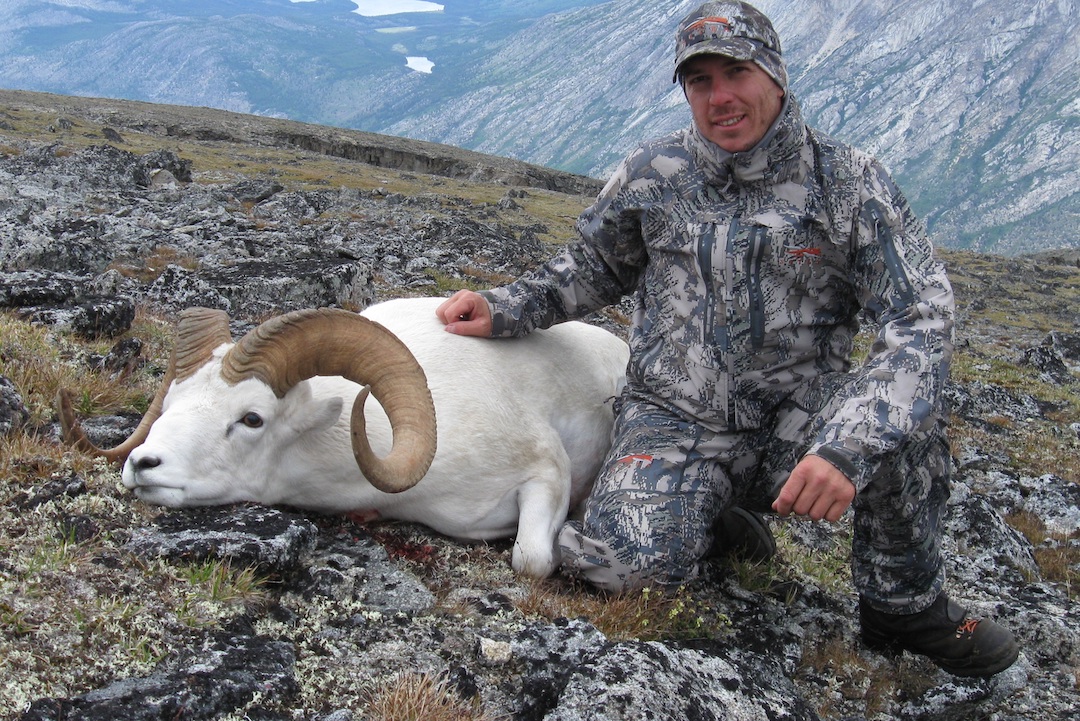
In hindsight, it was time well spent. However, with limited resources, we finally had to accept that we had done all we could and that lighting and indoor plumbing just weren’t going to be possible. We set off from our new “home away from home”.
We arrived where the ewes and lambs had gone over the edge and found it to be goat country! It was so steep we couldn’t even get a look over the edge!
Fearing we were at a dead end, and being five miles from the tent, we considered calling it a day. However, since we were already here and had just seen another rock spine half a mile away, we went to have a look. Once up there, we found another formation that we “just had to check out”, so on we went.
Did That Just Really Happen?
Peeking over the edge of last formation, my eyes landed on bodies of white and curls of gold! I immediately hit the deck and motioned frantically for Andrew to do the same. Dropping our packs, we inched up to the edge with a 25 mph wind on the backs of our necks.
We glassed five rams at 600 yards, but none of them were what we were looking for. One of them looked like a squeaker legal ram on curl, but he was young. The other four rams were younger.
But wait! There was a small patch of white in the rocks behind the farthest ram, and as I tried to determine what it was, it disappeared. Seeing that, I told Andrew I was sure there was at least one more ram. This confirmed the higher number he had glimpsed in the spotting scope the evening before.
With the wind howling at our backs, we decided to back off the edge and get suited up to be able to spend as long as it took to see the other ram. I put on every layer I had and covered it up with my Sitka Cloudburst coat and pants. Even with the Gore-Tex blocking the wind, it was a long and cold two hours.
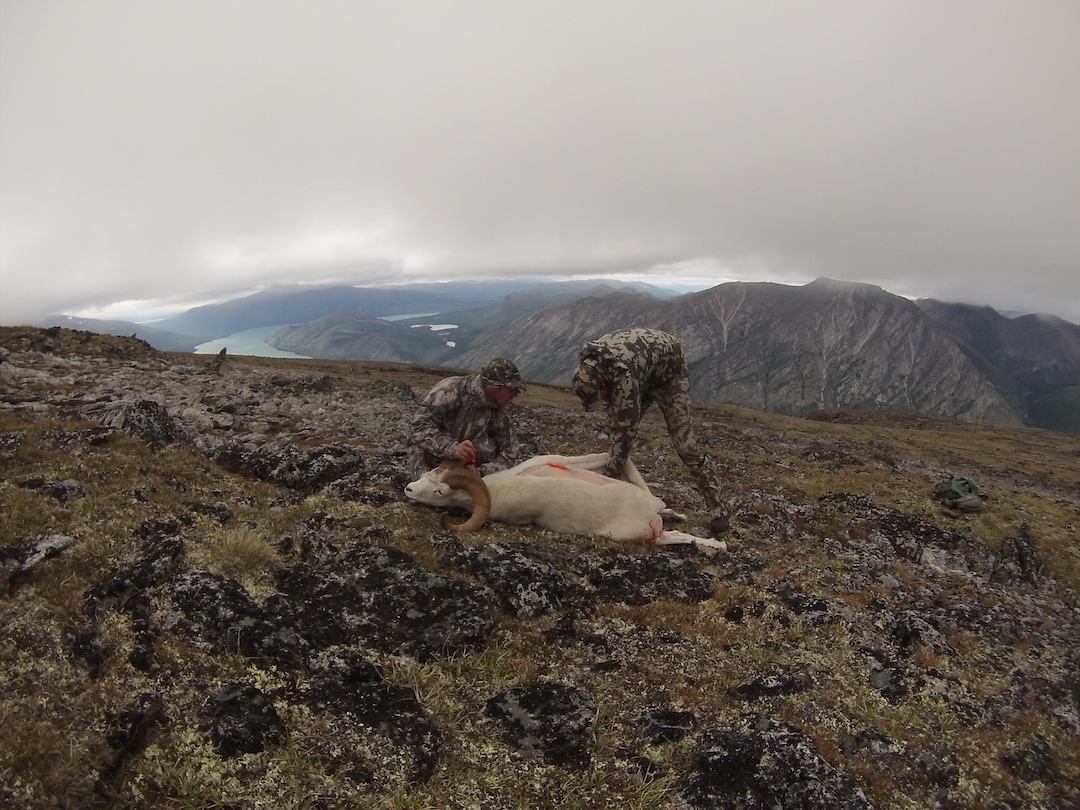
Poking our heads up every few minutes, we watched the young rams alternately feed and bed to within 250 yards of us. I began to doubt that I had seen the patch of white at all. Finally, the rams turned back the other direction.
At one point, Andrew looked and saw the rams preparing to walk into what turned out to be a dip in the terrain. We quickly shouldered our packs and scampered down the formation and across the expanse of broken rock. Knowing that daylight was going to be an issue and that there was no way to approach with better wind, we hoped that the swirling wind in the depression would give us a break.
We approached as close as we dared before readying the .257 Wby. As expected, the rams were on alert and staring our way from 200 yards. We could now see that there had actually been two more rams in the dip, as there were seven rams in view. Ten seconds later, their eyes confirmed what their noses had already told them.
The rams that had remained hidden were both legal rams, but it was clear which one was definitely “the shooter”. I had no shot, and they tore off up the hill.
I readied the crosshairs, and Andrew confirmed that the lead ram was the shooter. Finally, opportunity came when the ram broke out in front of the band with a comfortable lead. The .257 barked and the ram dropped. In fact, he dropped so abruptly that the others were forced to vault over him. I followed up with a second shot, at which point it was all over.
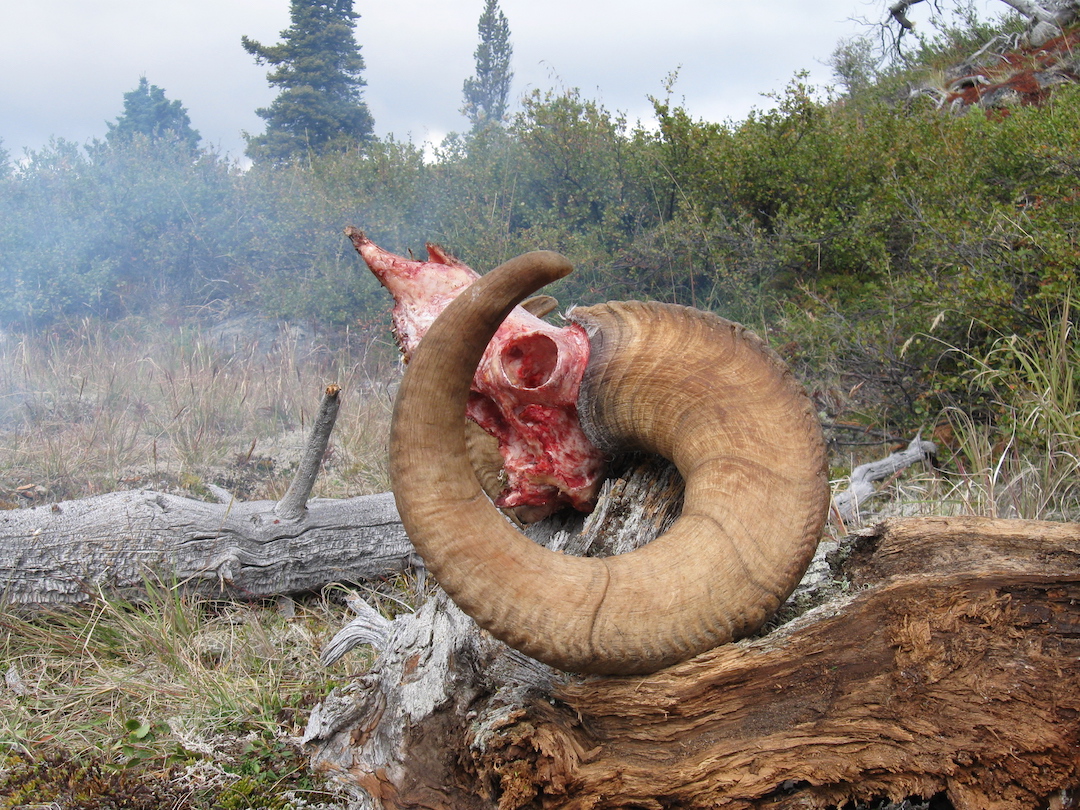
The rest of the band stopped to wait for their fallen leader. Stamping and staring in bewilderment, they stood unsure of their next move, until finally the next-largest ram stepped up into his new role and led the band up and over the skyline.
As we approached, I noted that we were about as far away from camp as we could be. We were very happy to discover that the ram we had taken was 11-1/2 years old and had both lamb tips intact!
Refuge
The wind was lighter in the dip, but we couldn’t help notice the black storm clouds whipping by only a couple hundred feet above us. With a renewed sense of urgency, I caped the ram while Andrew took measurements for taxidermy.
Soon, the meat, cape, and horns were tucked into our packs. With no time to rest, we shouldered the heavy packs and headed into the wind and toward our tent camp, now over six miles distant.
As the storm clouds drew nearer, it appeared they would open up at the same time that darkness cloaked the mountain. With this in mind, out track began to deviate more in the direction of the cave.
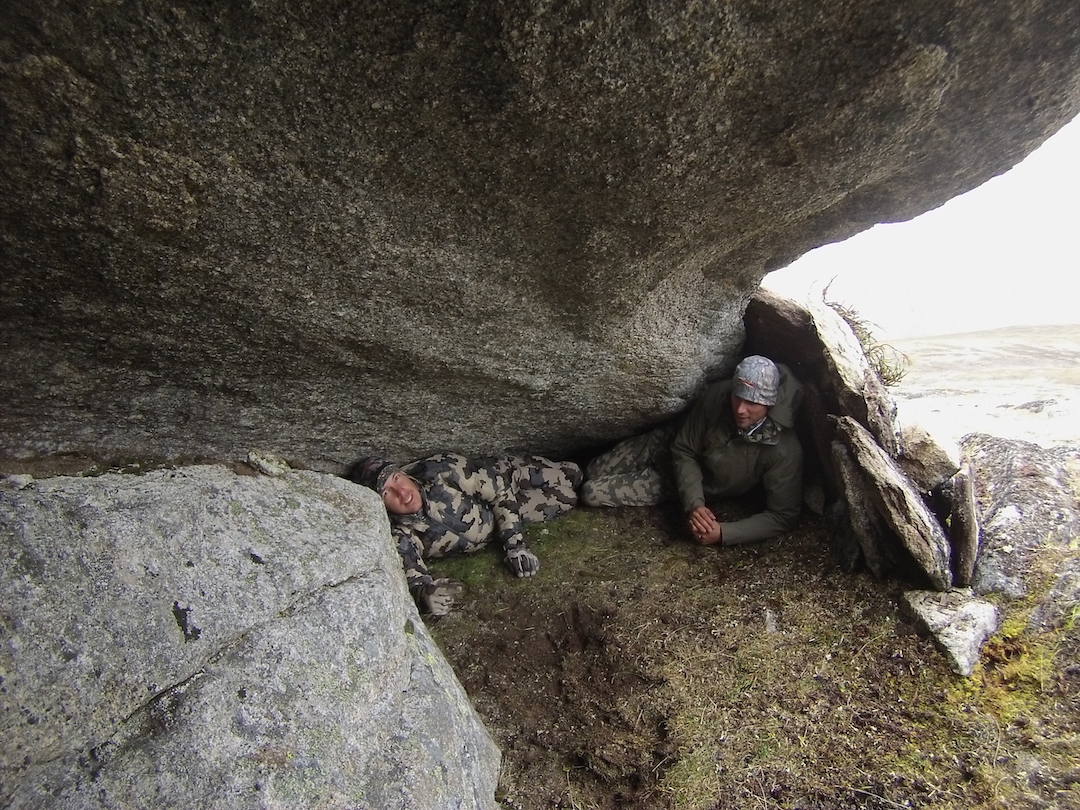
After two hours of hiking, we reached the cave five minutes after it became necessary to turn on our headlamps. Having never been so happy to see a hole in a rock before, I thanked the sheep gods for pointing us to this cave early in the day.
We pulled the cape and the meat bags out and placed them on a well-sheltered rock shelf 15 yards from our cave to cool overnight. Without a moment to spare, we climbed into the cave for the night, just as rain began to fall again.
Lying in our shelter and heating up dinner, it was the perfect setting to reminisce about how we had gotten here and the ram we had been so fortunate to find. A few hours later, as I lay shivering, I thought of many other, more perfect settings!
A Brief Pause and Comforting Sizzle
We were on the move again by 6 a.m. The rain had stopped, but the vegetation was soaked. After four hours of slogging through the alpine grass and dwarf birch, we staggered into our tent spike camp tired, sore, and with wet feet. We had a brief discussion about whether to tear down the camp and hike on off the mountain - another four hours to the boat. We decided to sit tight and relax by the campfire in the first sunshine we had seen in over a week!
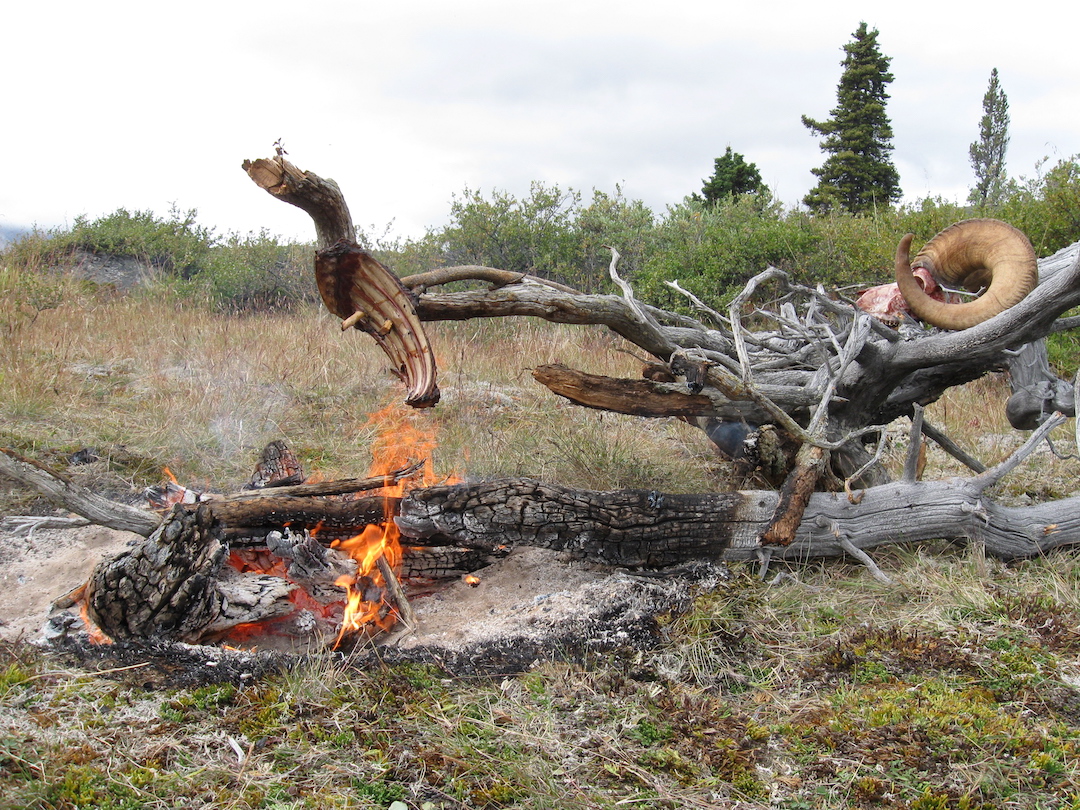
With an ample supply of dry wood, I soon had a good fire blazing and a rack of sheep ribs positioned to cook. As I lay beside the fire on the moss, the fire’s heat forced itself into my cold-soaked bones. The sheep ribs sizzled next to me, and with the rhythmic “drip, drip, drip” of the hot fat hitting the coals reminding me of our humble abode from the night before, I closed my eyes. It was 12 hours late in coming, but with the aroma of sizzling sheep ribs filling my nose, I drifted off to sleep…off to a place of caves and rams.
Clint Walker, Yukon Territory, 2014




